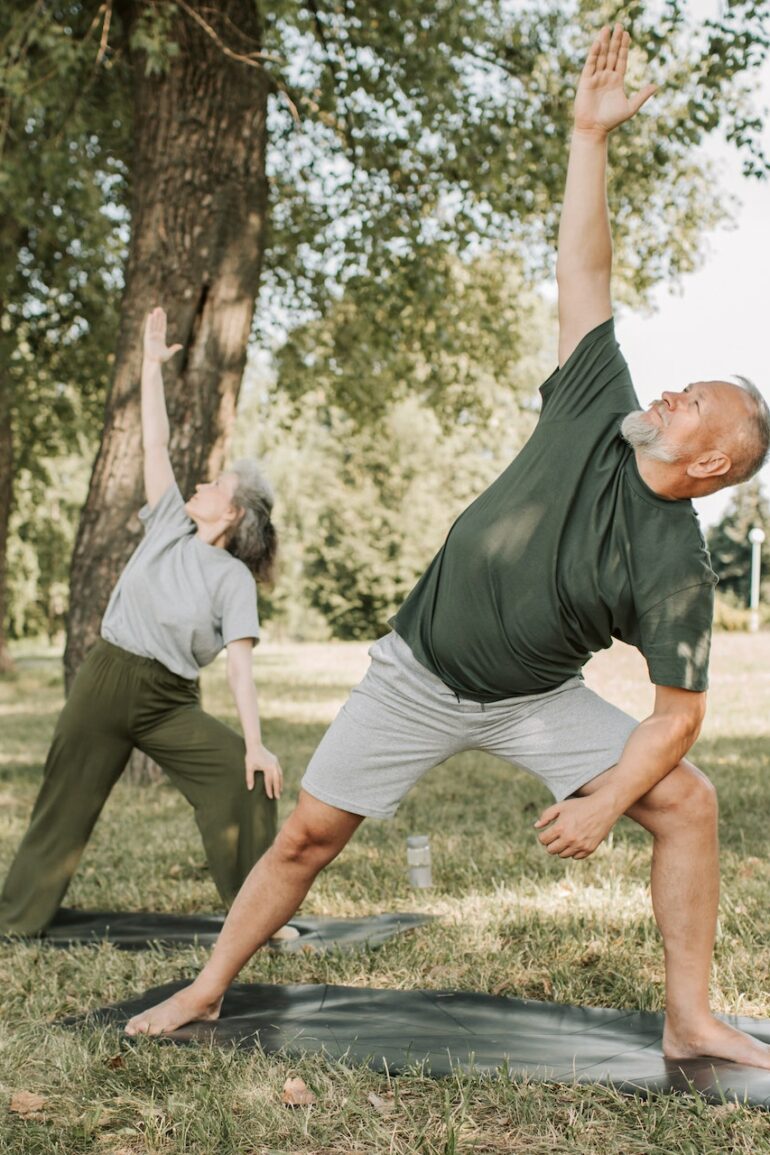Table of Contents
If you’ve had skin cancer and have recently undergone treatment, you’re probably thinking about how to take care of your skin. Since your skin plays an essential role in protecting your body, you must keep it healthy, especially after cancer treatment.
The American Academy of Dermatology Association (AAD) estimates that one in five Americans develop skin cancer during their lifetime.
Cancer treatment can damage your skin. You may develop sunburn or rash or have skin pigmentation changes. So it’s crucial to talk to your doctor to help you start a skincare routine to prevent or manage any of these problems.
Other cancer types, like mesothelioma, believed to be related to asbestos exposure, may lead to the growth of cancer cells in the skin, although these cases are relatively rare. Mesothelioma stages determine how far cancer has spread. Check with your doctor regularly, especially if you’ve been frequently exposed to asbestos fibers.
How you live can also have profound effects not just on your skin but on your overall health. So you need to make lifestyle changes as part of an ongoing, life-long process. You must create a skincare routine and make lifestyle changes to better care for your skin.
This article discusses starting a skincare routine following a skin cancer treatment. Check out the products you can add to your skincare routine and lifestyle changes to protect your skin.
We’ll also talk about the benefits of reconstructive surgery for individuals who have had skin cancer and whether health insurance covers such a procedure.
Skincare Routine After a Skin Cancer Treatment
Skin cancer can redevelop. If you’ve had this illness, you’re at risk of having it again. So make sure to protect your skin, especially when out in the sun.
If you haven’t had a skincare routine after your skin cancer treatment, allow these simple steps to be part of your daily ritual.
- Cleanse
Cleansing removes sweat, dirt, and other impurities from your skin. So make sure to wash your face twice a day, even if you don’t regularly wear makeup.
The potential of hydrogen (pH) range of normal healthy skin ranges from 5.4 to 5.9. Using soap with high pH can dehydrate and irritate your skin.
Instead, use a pH-balance cleanser without sodium laurel sulfates, dyes, fragrances, parabens, and other harsh ingredients.
- Moisturize
You must be gentle with your skin and keep it moist to reduce dryness. After you shower in lukewarm water, slather a moisturizing lotion on your skin while it’s still damp.
When looking for a moisturizer, go for hypoallergenic, fragrance-free, and alcohol-free products. Moisturize your skin at least twice a day.
- Care for your fingernails and toenails
Your nails may be cracked or dark after cancer treatment. Your cuticles may also hurt. Sometimes, you’ll notice problems with your nails after weeks or months into your treatment.
It’s important to have proper nail care and to keep your nails clean and dry. Removing the cuticle and biting your fingernails can damage the nail, so avoid doing such things.
Products to Include in Your Skincare Routine
Your skin is more fragile after skin cancer treatment. Here are some products to include in your skincare routine for added protection:
- Sunscreen
Some medications and cancer treatments like chemotherapy can make the skin more photosensitive or highly reactive to sunlight.
If you’ve had skin cancer, it doesn’t mean you should totally avoid spending time in the sun. Aside from shade and clothing, sunscreen can give you added protection when you head outside.
Sunscreen contains active ingredients that prevent the sun’s ultraviolet (UV) radiation from reaching your skin. UV radiation is a human carcinogen, a substance that can cause cancer.
There are two types of sunscreen: mineral and chemical.
A mineral sunscreen includes titanium dioxide and zinc oxide that block and scatter UV rays before they enter your skin. Meanwhile, a chemical sunscreen contains avobenzone and octisalate that absorb UV rays like a sponge to prevent them from damaging your skin.
Your doctor can suggest a high-factor sunscreen like SPF 50. The higher the SPF, the more protection you get.
- Lotions or creams that contain ceramides
A 2018 study suggested that ceramide creams may increase skin hydration and improve skin barrier function. These benefits make such products suitable for those who have dry skin.
Chemotherapy and other cancer treatments can make your skin dry and itchy. So products containing ceramides may help. Still, it’s recommended that you ask your doctor first before trying any new skincare products.
Post-cancer Treatment: Lifestyle Changes to Protect Your Skin
Here are some lifestyle changes you make do to protect your skin post-cancer treatment:
- Manage stress
Reducing your stress level can help maintain your mental and physical health. It is well-documented that stress can cause negative effects on skin wellness.
Psychological stress can also disrupt the top layer of your skin, called the epidermal barrier, which locks in moisture and protects you from harmful microbes.
You can manage stress by using relaxation techniques like meditation and guided imagery.
- Eat well
Studies show that a diet rich in vegetables and fruits may provide cancer protection. Dietary change may also prevent aging skin and diseases like skin cancer.
Skin cancer can come back. So start eating healthily post-cancer treatment.
Is Cosmetic Surgery Right For You?
After skin cancer treatment, one good option to remove any visible traces of the disease is cosmetic surgery. Such a procedure can help you feel good about yourself, offering you a renewed sense of confidence. Ask your doctor about this option.
If you’re considering cosmetic surgery, you can rely on Lexington Plastic Surgery. We offer reconstruction financing through CareCredit, a healthcare credit card for your health and wellness needs. Contact us for more details.
References
- Skin and Nail Changes during Cancer Treatment
https://www.cancer.gov/about-cancer/treatment/side-effects/skin-nail-changes
- SKIN CANCER
https://www.aad.org/media/stats-skin-cancer
- Skin metastasis of malignant mesothelioma
https://www.ncbi.nlm.nih.gov/pmc/articles/PMC8441512/
- Skin Cancer
https://www.mayoclinic.org/diseases-conditions/skin-cancer/symptoms-causes/syc-20377605
- Evaluation of pH of Bathing Soaps and Shampoos for Skin and Hair Care
https://www.ncbi.nlm.nih.gov/pmc/articles/PMC4171909/
- A Healthy Skin Care Regimen for Cancer Patients
https://www.rush.edu/news/healthy-skin-care-regimen-cancer-patients
- Caring for Your Skin During Cancer Treatment
https://www.cancercare.org/publications/76-caring_for_your_skin_during_cancer_treatment
- All About Sunscreen
- Skin care after skin cancer
https://www.cancerresearchuk.org/about-cancer/skin-cancer/living-with/skin-care-after-skin-cancer
- Skin hydration is significantly increased by a cream formulated to mimic the skin’s own natural moisturizing systems
https://www.ncbi.nlm.nih.gov/pmc/articles/PMC6197824/
- 6 Lifestyle Changes to Improve Your Cancer Care
https://www.cancer.net/blog/2018-09/6-lifestyle-changes-improve-your-cancer-care
- Stress may be getting to your skin, but it’s not a one-way street
- Diet and Dermatology
Aging is associated with declining mobility and daily functioning
Coming out is a complex, personal process that happens
If you’ve had skin cancer and have recently undergone




